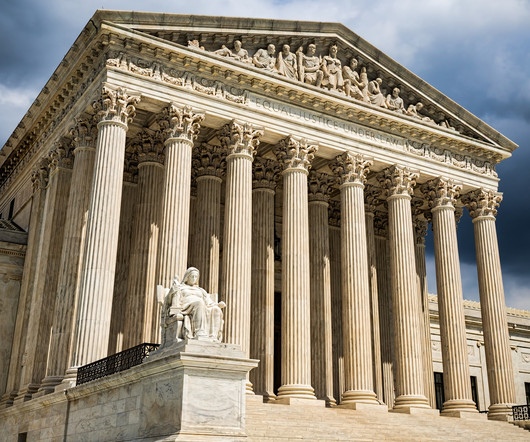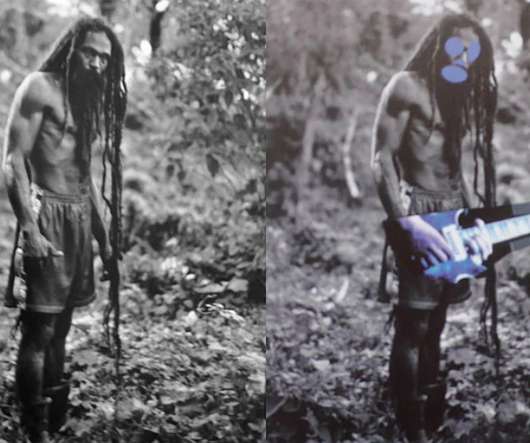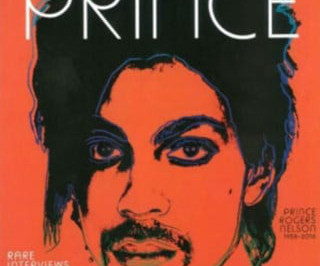Copyright Protection of Modern Art
IP and Legal Filings
SEPTEMBER 12, 2022
The primary goal of copyright law is to safeguard the interests of creators of original, publishable works. The purpose of copyright protection is to make sure that the artist reaps the rewards of creating their original work and that no one else benefits unfairly from it. These creations are regarded as artistic.














Let's personalize your content